September 10, 2025
Long time ago in a washing machine far, far, away.... Once upon a time—long before pods, powders, and liquid jugs—people scrubbed clothes with nothing more than water, elbow grease, and hope. Around 2800 BC, the Babylonians decided hope wasn’t cutting it, so they mixed animal fat with ashes, creating one of the first forms of soap. It wasn’t lavender-scented, but it got the job done. Fast forward to ancient Rome, where soap was rumored to be discovered at Mount Sapo, a place where animal sacrifices left behind a messy mix of fat and ash. Romans weren’t big on daily laundry (togas don’t wash themselves, after all), but this happy accident gave humanity a cleaner future. By the Middle Ages, soap-making became a serious business. Towns had their own soap makers, who stirred giant cauldrons of fat and lye like medieval chefs—except their recipes left suds instead of soup. The 20th century brought the golden age of detergent. In the 1910s, scientists ditched animal fat for synthetic ingredients, making cleaners that could tackle stains in hard water. By the 1950s, laundry soap was marketed with jingles, bright boxes, and promises of “whiter whites.” Today? We’ve gone from scrubbing stones to smart washers paired with eco-friendly, fragrance-packed detergents. Laundry soap has come a long way, but one thing’s never changed: nothing beats the satisfaction of pulling fresh, clean clothes out of the dryer.

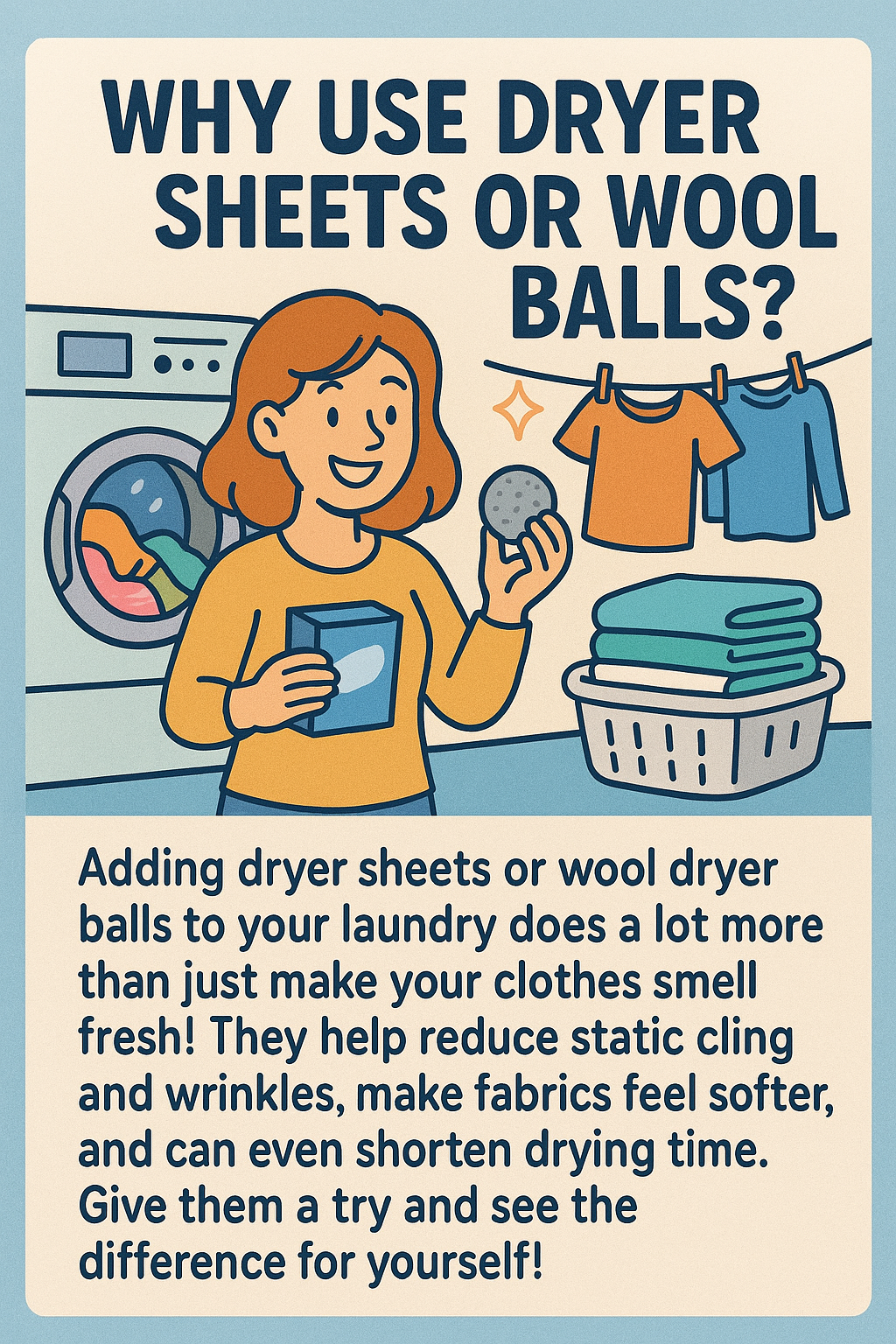
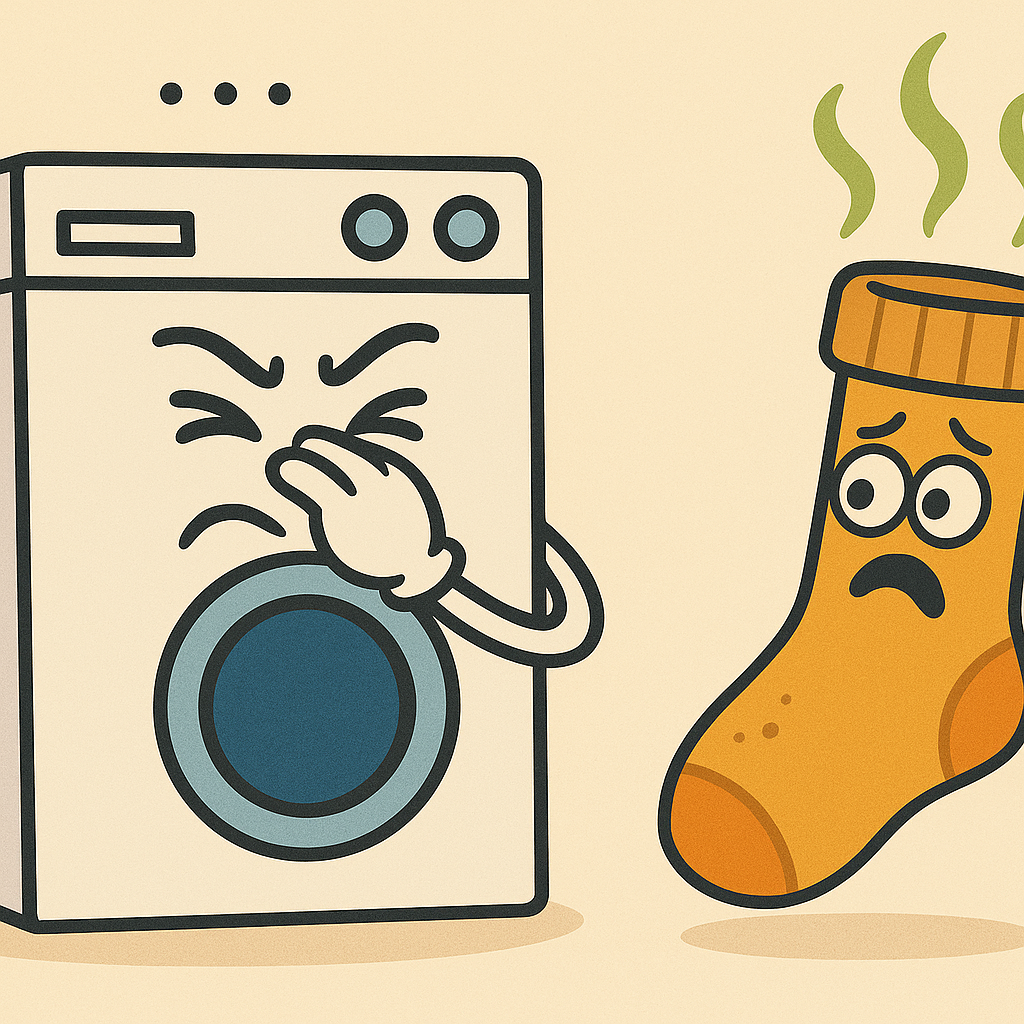

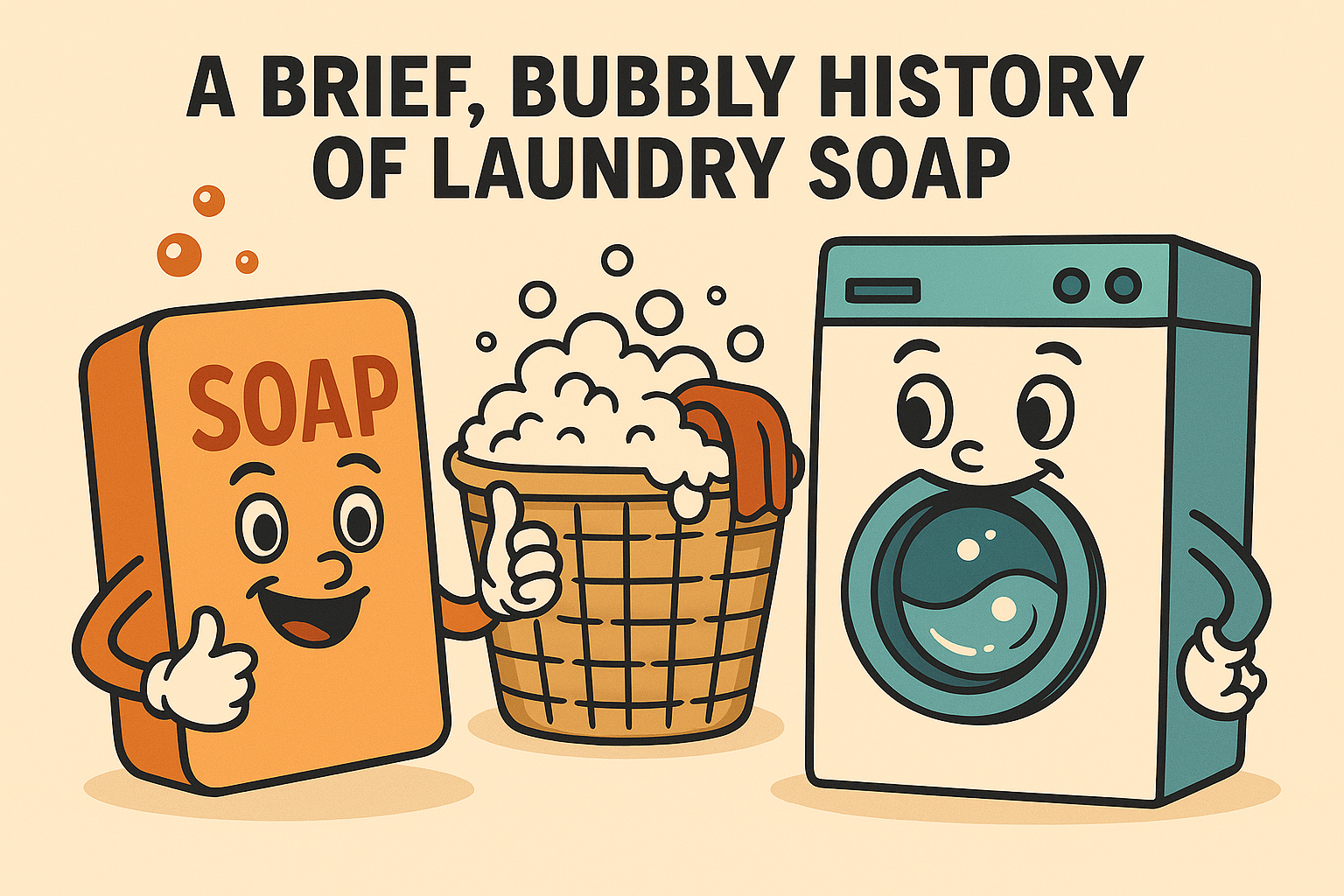
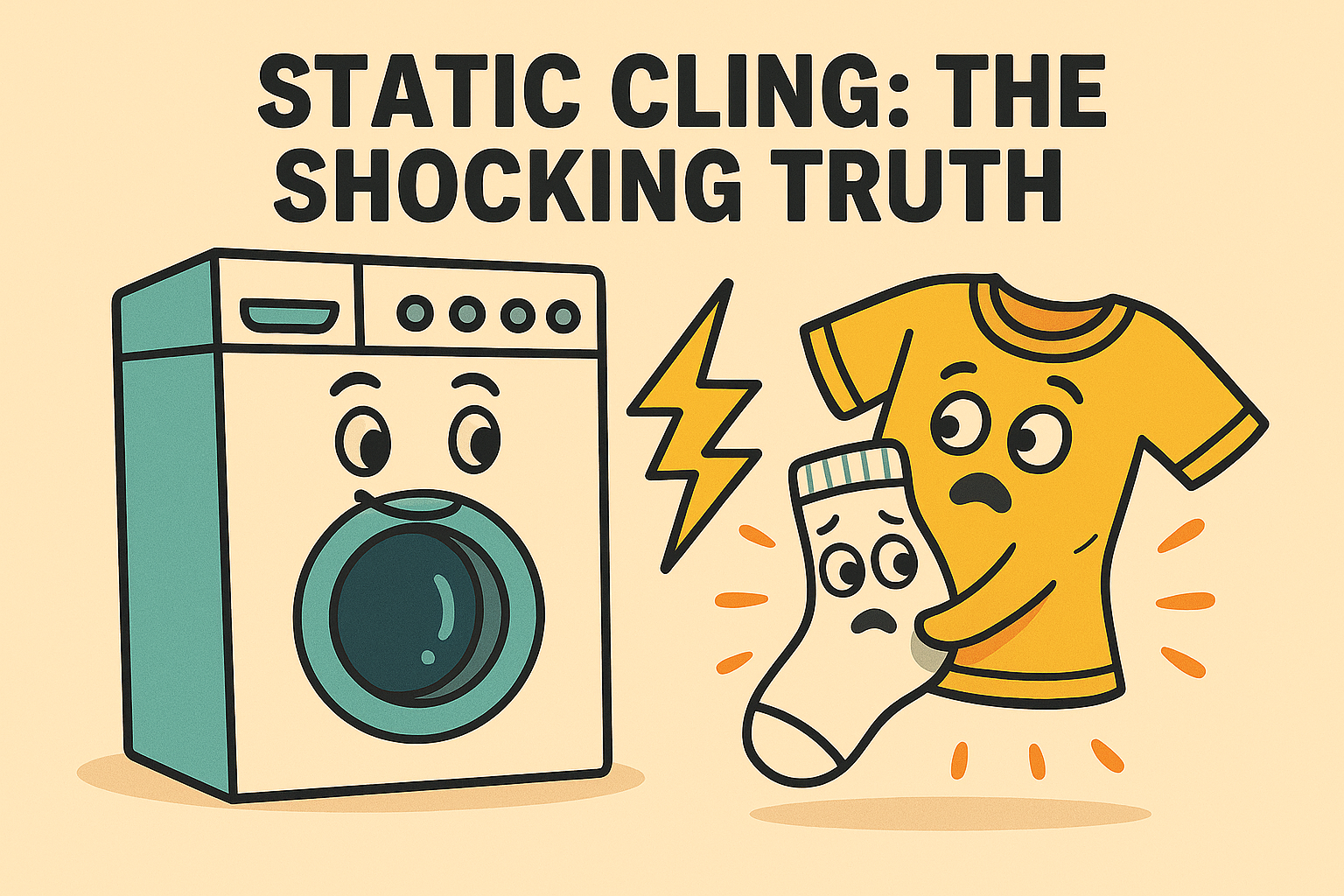
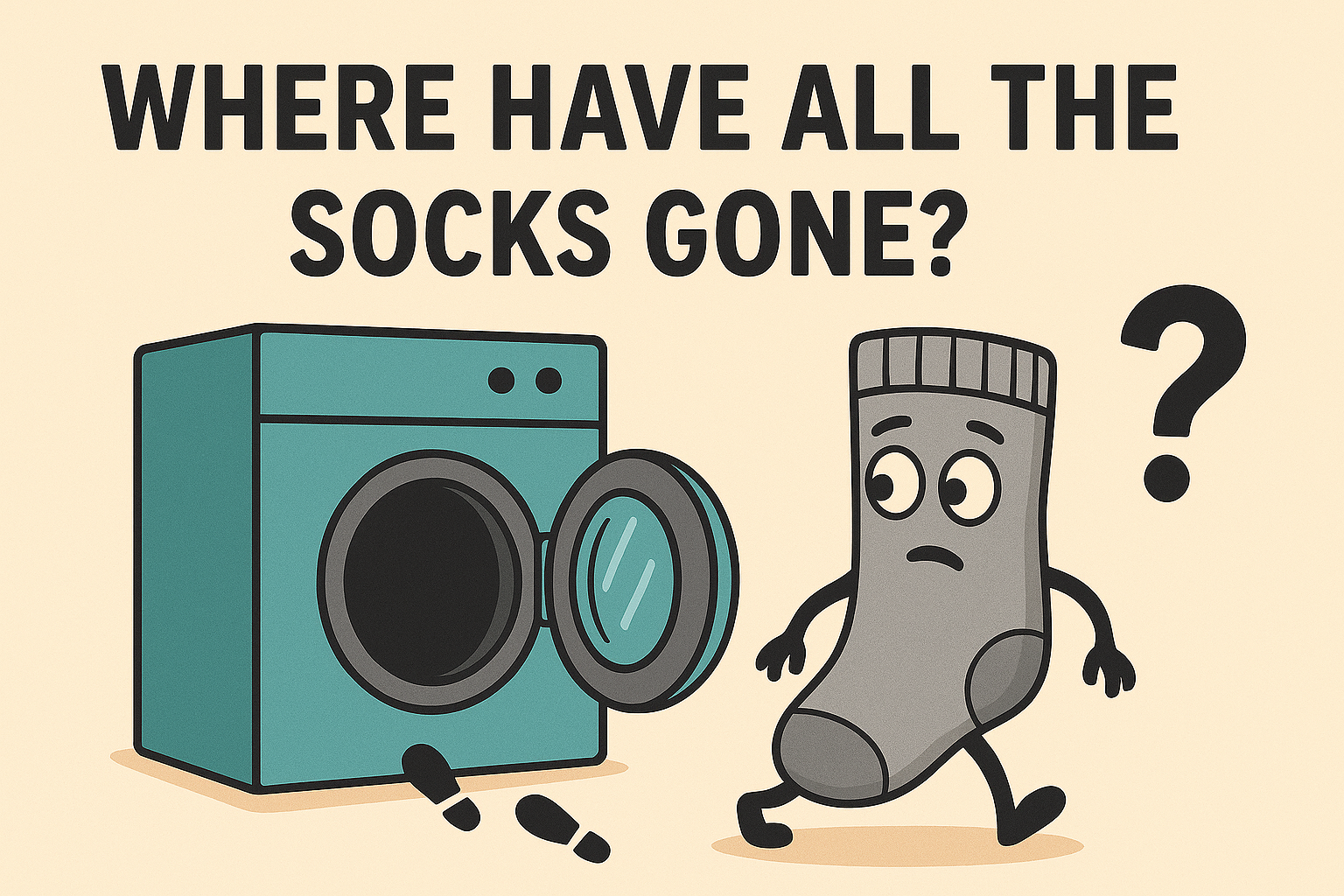
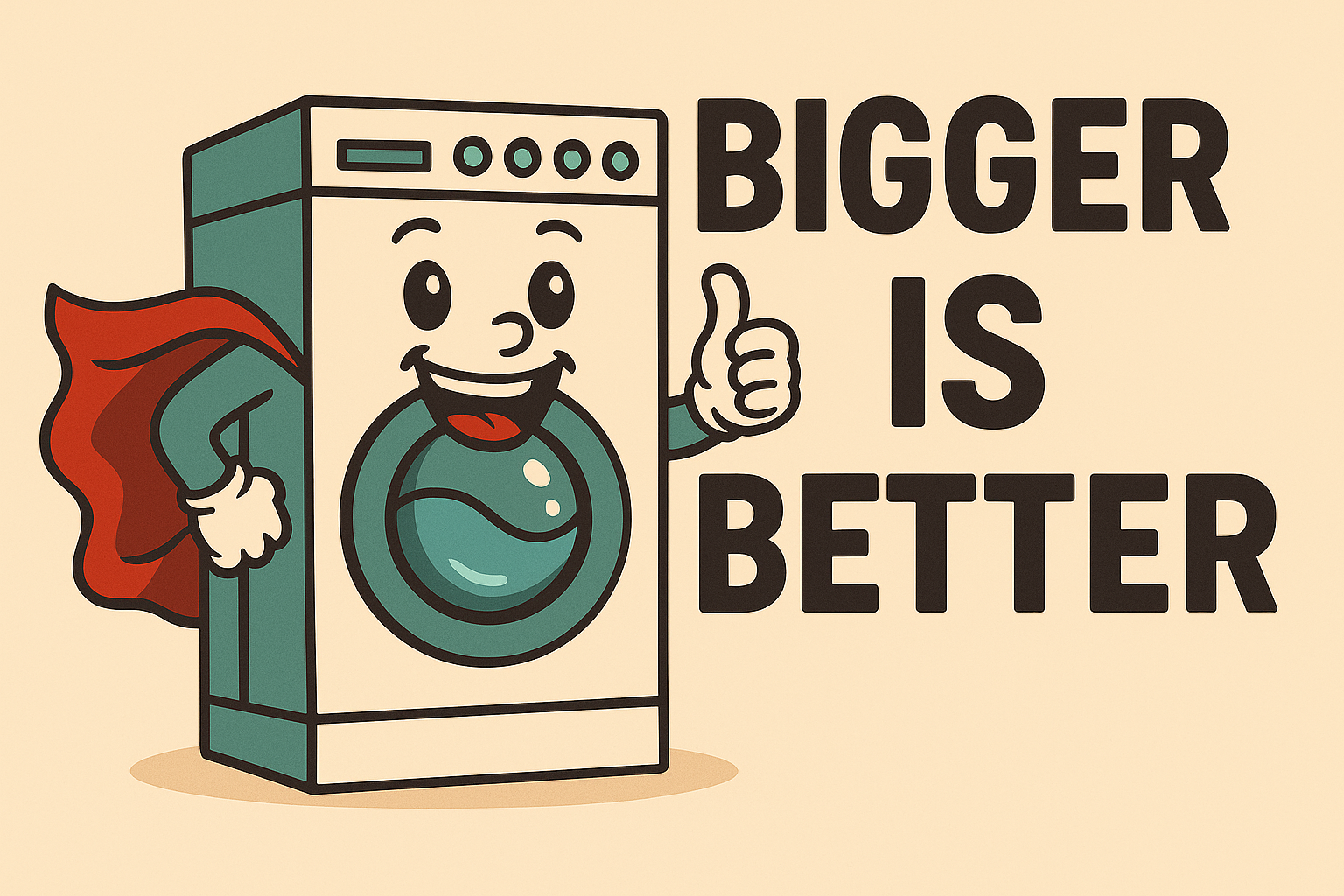
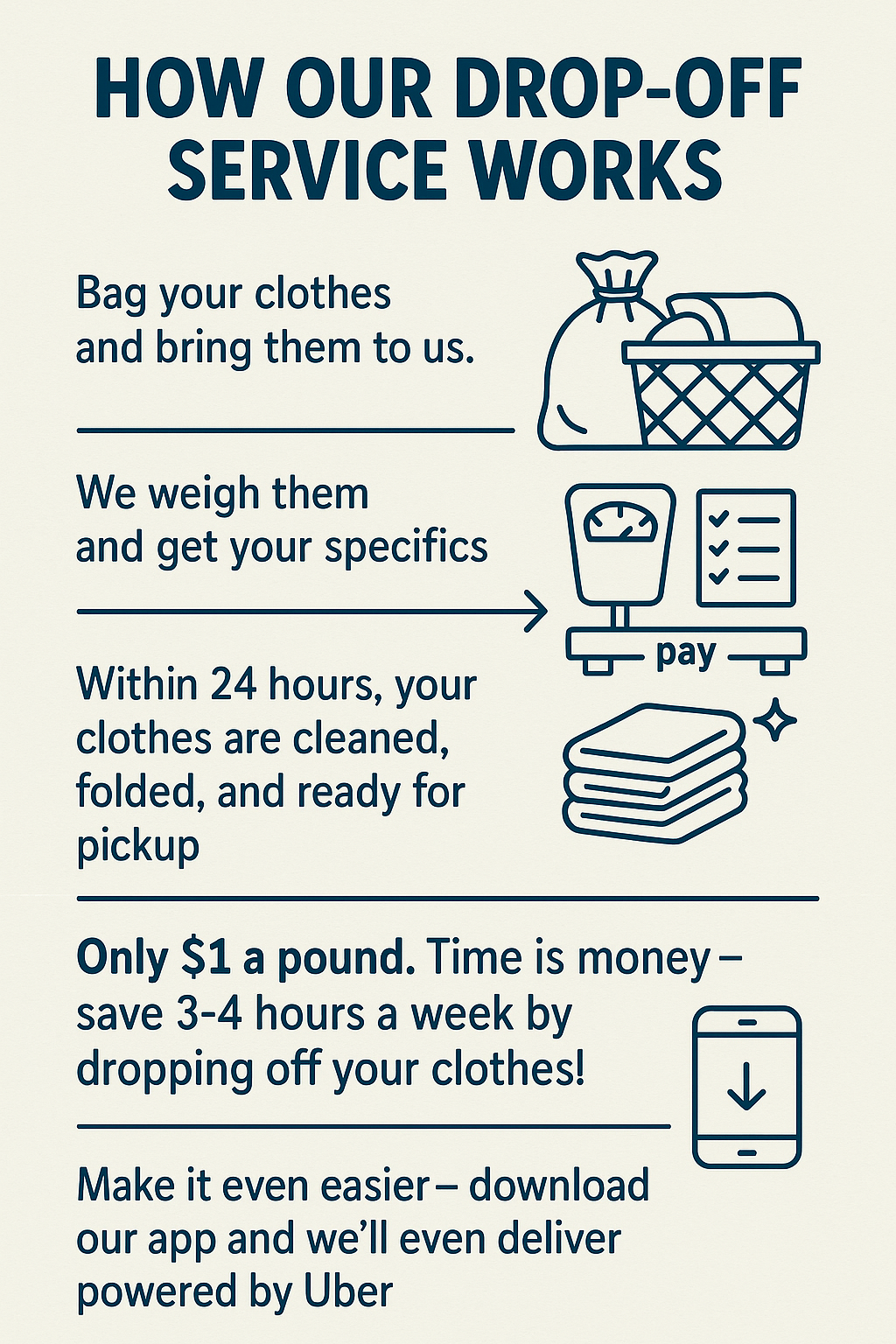
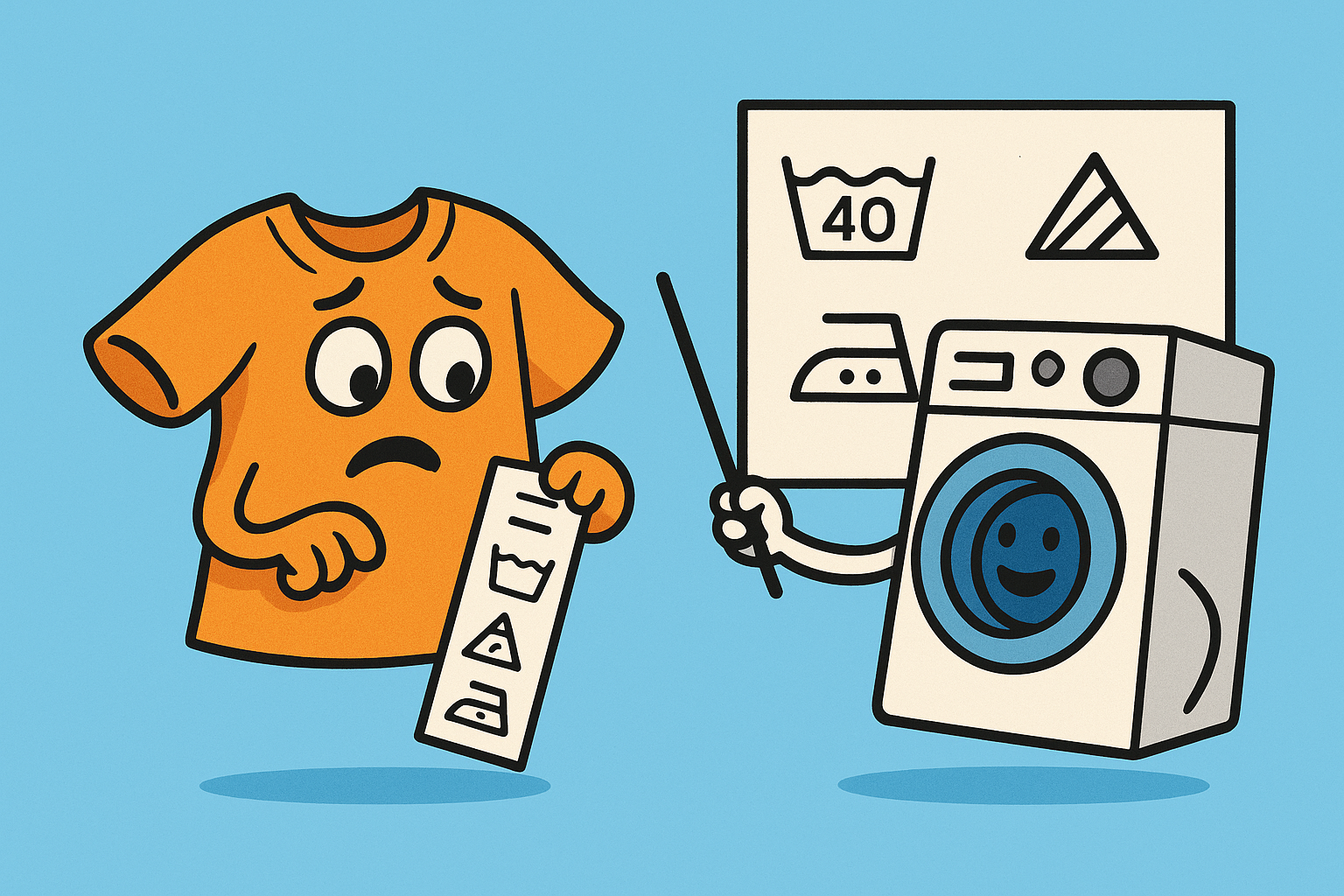
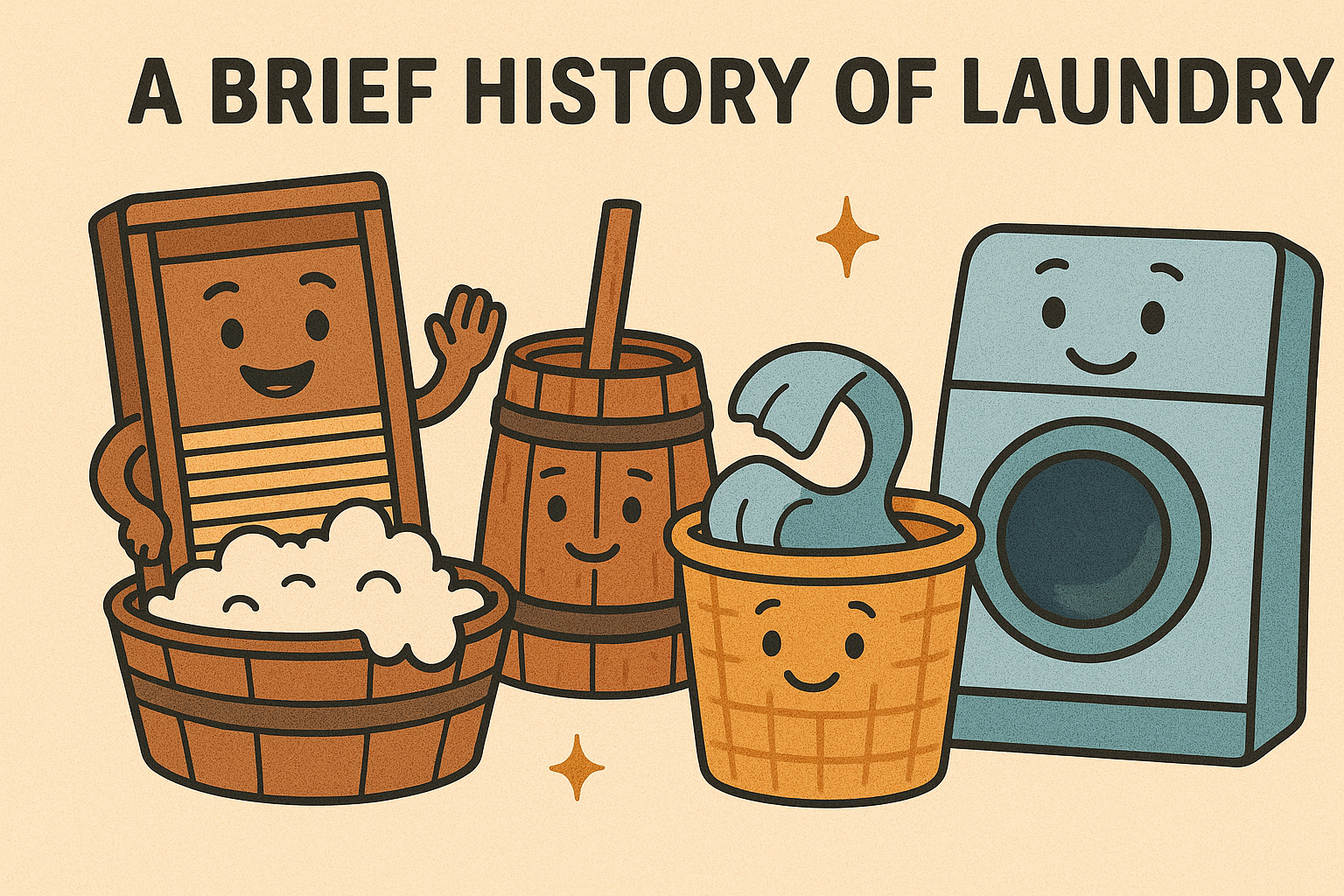
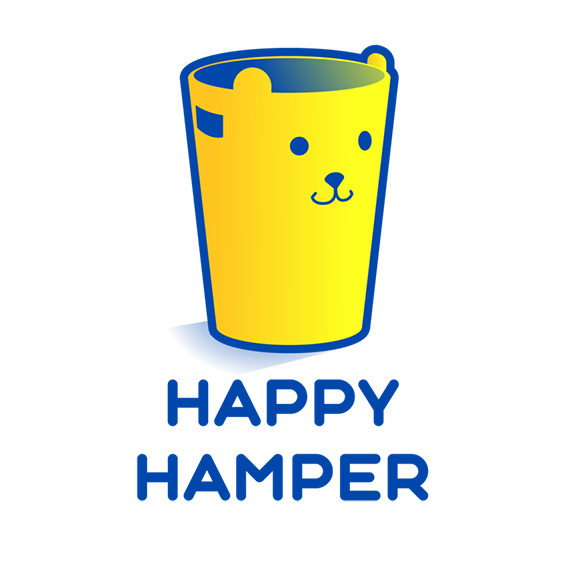
Share On: